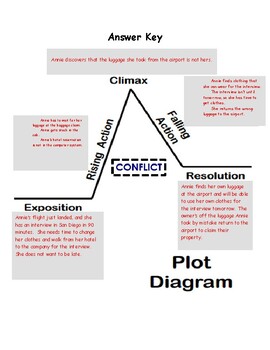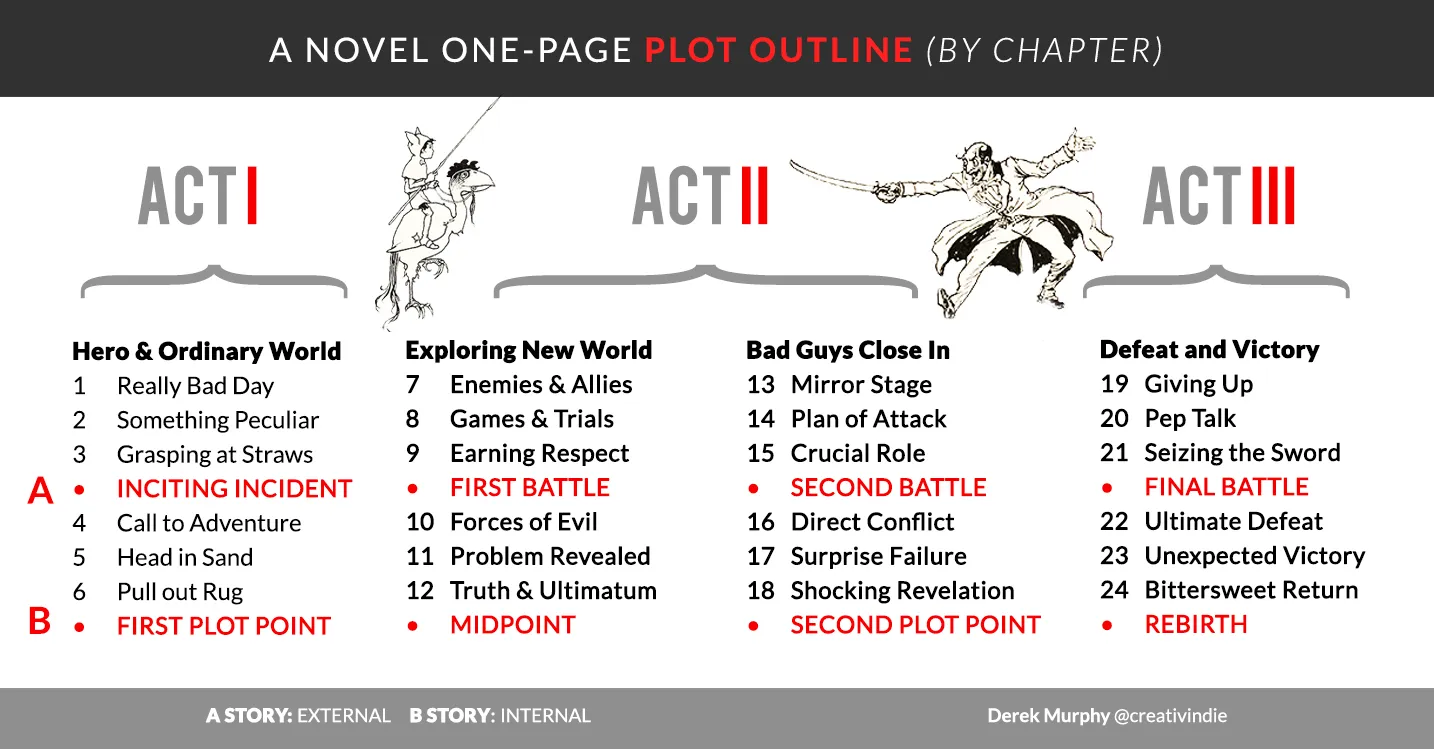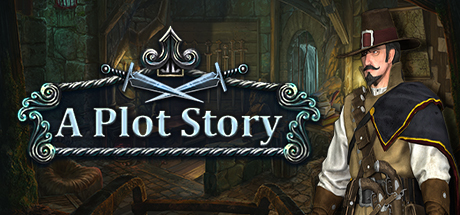A Plot Story
A story's plot is what happens in the story and the order it happens in. For there to be story, something has to move, to change. Something goes from point A to point B. This change could be: A physical event (Point A = psycho killer is picking off everyone in town. Point B = police arrest the killer). Bo Darville, aka The Bandit, is a semi-retired trucker legend, working in a trucking rodeo. He is approached by a shady father and son tycoon team (Big and Little Enos Burdett) who are planning a big party. A Plot Story for iPad, iPhone, Android, Mac & PC! Follow Girl Lily as she investigates the Duchess and uncovers a dark plot against the royal family.!
What is the Plot of a Story?
If you are currently wondering, “WHAT IS A PLOT OF A STORY?” we’ve got the answer!
Last updated on June 28, 2019.
Plot as a literary term is defined as the structure of events that make up the movements of a story through time; characters and settings are organized in a logical pattern of cause-and-effect. A plot can be simple or complex in structure. A complex plot with many interrelated elements is sometimes called an imbroglio. Plot is also sometimes referred to as a storyline.

Five essential elements of plot explained:
1. Exposition/Introduction: In the exposition stage of the plot of a story, the setting and characters (especially the main character, known as the protagonist) are introduced, as well as the main problem, conflict or goal of the story.
2. Rising Action: The rising action stage involves an inciting incident. The inciting incident pushes the plot into motion, events begin to build, the protagonist takes action, and the storyline becomes more complex. During this phase, there is often a sense of tension.
3. Climax: The climax is the turning point in the plot of a story. It involves a “climax” (hence the name) – the central struggle. The protagonist faces the main challenge which will eventually lead to the outcome or goal of the story. Typically, this is the most emotional part of the storyline and it often involves the most action.
4. Falling Action: During this stage, the action winds down, loose ends get tied up, events are resolved and we learn the results of the protagonists’ actions.
5. Denoument/Conclusion: In the denoument stage, the goal is resolved and the conflict ends (could be positive, negative or neutral). This is the end of the story.
Without plot, there is no story.
In a story, something has to happen; otherwise, it’s not a story. The plot of a story includes the events of the story and conveys the key themes, messages, and meaning of the narrative. It’s what gives a story its energy and emotion. A good plot engages readers so they want to know what will happen next.
Did you like this article? Then you might also like “8 Essential Elements of a Story Explained” which covers Setting, Character, Story Plot, Conflict, Theme, Point-of-View, Tone, and Style. Or, check out this perfectly printable PDF of the 8 elements of a story. You might also like 10 Steps to an A+ Essay.
8 Elements of a Story Explained
What are the main ELEMENTS OF A STORY?

- Setting
- Character
- Conflict
- Theme
- Point-of-view
- Tone
- Style
These are the basic elements of a story that you learn about in elementary school:
1. Setting: Where and when is the story set? Setting represents both the physical location but also the time (i.e. past, present, future) and the social and cultural conditions in which the characters exist.
2. Character: A person or animal or really anything personified. There can be one main character or many, and often there are secondary characters, but not always.
3. Plot: The plot consists of the events that happen in the story. In a plot you typically find an introduction, rising action, a climax, the falling action, and a resolution. Plot is often represented as an arc. To learn about plot in detail, read the article: “What is a Plot.”
4. Conflict: Every story must have a conflict, i.e. a challenge or problem around which the plot is based. Without conflict, the story will have no purpose or trajectory.
A Story Plot Generator
5. Theme: Idea, belief, moral, lesson or insight. It’s the central argument that the author is trying to make the reader understand. The theme is the “why” of the story.
In high school, you start learning the advanced elements of a story:
6. Point-of-view: “Who” is telling the story? First person (“I”) or third person (“he/she/it”). Limited (one character’s perspective), multiple (many characters’ perspectives) or omniscient (all knowing narrator). Second person (“you”) is not often used for writing stories.
7. Tone: The overall emotional “tone” or meaning of the story. Is it happy, funny, sad, depressed? Tone can be portrayed in multiple ways, through word and grammar choices, choice of theme, imagery and description, symbolism, and the sounds of the words in combination (i.e. rhyme, rhythm, musicality).

8. Style: This is how things are said. Word choices, sentence structure, dialogue, metaphor, simile, hyperbole. Style contributes significantly to tone.
Literary Essay: How and Why
A Plot Story Download
When analyzing a piece of literature for a paper or essay, you’re basically looking for “how and why.” Explain how the author used the above elements of a story (or one of the above elements) and why they are significant, or why they work or don’t work, or alternatively, why you like or don’t like them. If you understand one or more of these elements in depth, you’ll be well on your way to a quality literary essay.
To learn about PLOT in detail, read the article: “What is a Plot of a Story?“
Are you teaching this topic? Here’s a perfectly printable PDF of the elements of a story.
Check out 10 Steps to an A+ Essay to see our formula for acing an essay! A helpful infographic is also provided.
A Plot Storyline Template
Looking for a book on this topic? Try The Elements of Story: Field Notes on Nonfiction by New York Times Editor, Francis Flaherty.
A Plot Story Game
*This article updated on July 21, 2020.